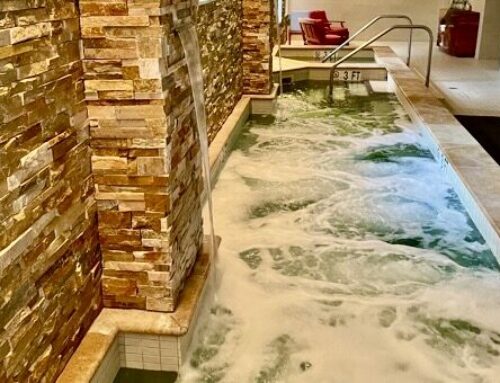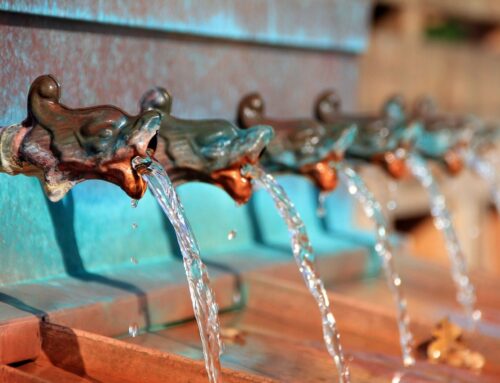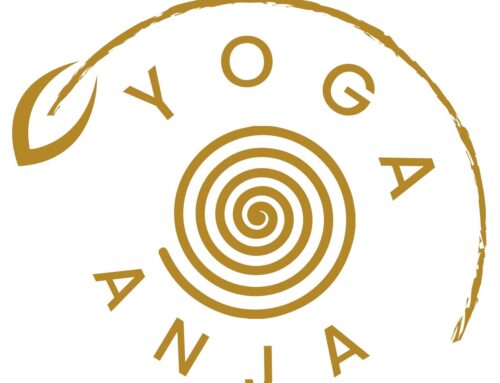The Truth about Soap Bars and Liquid Wash Gels
An article on the truth about soap bars? Well, my love for soap bars roots in my childhood. My father, being a business man, used to travel quiet a bit, flying all over Europe and staying at a variety of hotels. For souvenirs, he would always bring me back the small hotel bathroom soaps (which was really the only bathroom amenity typically, back in the 70ties…). They were wrapped in paper, usually giving the hotel’s name and thus being the starting point of many stories my father would tell me about his trips.
I would use the soap bars to play with, collect them, dream about the places I wanted to go see when all grown up, bathe dolls and puppies with them… they were always precious to me.
Until today, I have kept this love for soap bars, and although I am happy to buy my soaps nowadays and use them for more practical purposes, they continue to provide a source of daydreaming to me.
My preference is not merely based on emotions
However my adult preference of a soap bar over shower gel is not merely an emotional one. There are several more reasons why I use soap bars instead of shower gels and I am sharing with you the truth about both.
I started my research online, with keywords such as “what is better? soap or shower gel” and was not highly surprised to find many (sponsored) articles praising shower gels over soap bars.
Because apparently they are more hygienic. And practical. And have great ingredients… Yet it is much more complicated than that.
Most of rinse-off cosmetic products, such as cleansers in any form, contain a vast cocktail of different chemicals, like artificial fragrances and PEGs (polyethylenglycol) that can cause skin irritations and allergies. Plus, what disappears down the drain is not really gone… but can seriously harm the environment as not all residues can be filtered in purification plants.
This counts for both, soaps bars, that have not been manufactured organically, and liquid shower gels. Not everything that says ‘soap’ is a good soap.
Soapy Statistics
Worldwide about 9 billion tons of soap are being produced.
Austrians take about 50 min per day for their body hygiene.
85% use shower gel, 99% hair shampoo, yet only half a piece of soap a year.
In the US in 2012 over 3.1 billion USD were spent on hand and body soap.
In Germany about 120.000 tons of soap are being consumed annually, this number has been quiet constant over the years.
Environmental Issues – Packaging
Most liquid products such as liquid hand wash, shower gels, and shampoos are made of chemicals (mostly petrochemicals) and packed in questionable containers. You may argue that those containers could be recycled, however you also need to take their manufacturing process into consideration, including use of valuable resources such as water and energy.
Solid soaps are typically wrapped in (hopefully recycled) paper or small cloth bags (which can even be up-cycled!), which causes much less harm to the environment.
Most toiletry products are unnecessary or even useless. Seriously, do we really need different shower gels for different parts of our bodies? Or shampoos for long or short hair? and all those 3-in-1 products?
‘And since research [pdf] has found that “40% of female skin care shoppers describe themselves as ‘ecologists,’ implying that environmental considerations are also becoming more important,” soap’s green scorecard is important to a lot of washers.’
Ingredients
Take great care when looking into ingredients of your products. Ingredients are the essence of truth about soap bars, and any product for that matter.
Check the list of ingredients (INCI) of your liquid products: most name ‘aqua’ (=water) as their first ingredient.
The list of ingredients is organised by the amount of the ingredient in the product. Meaning, the ingredient with the highest content is named first.
‘Within many countries, including the United States and the members of the European Union, accurate declaration of cosmetic ingredients as listed in INCI is mandatory. Even though, many manufacturers of cosmetics do not meet this requirement’.
Well, if water is named first on your list of ingredients, your product is mainly made from water (and that is what you are paying for really). Water however does not last long without being treated, particularly when the bottle is opened and bacteria from the air can enter. (have you ever left an open yet not entirely empty water bottle lying around and tasted the water after a few days? yuk… The same happens in any cosmetic product that contains a lot of water.)
Preservatives can cause allergies
In order to avoid the product going off, manufacturers usually add great amounts of preservatives, typically chemical ones (most of them known to cause allergies).
When analysing ingredients of over-the-counter shower gels, I found the following harmful – yes even toxic – ingredients in many of them, to name a few only:
- Methylchloroisothianzolinone, a preservative, is proteine and gene changing as well as toxic, can built cancer-causing nitrosamine.
- Ethylhexyl Methoxycinnamate, a chemical UV-Filter, is hormonally active and can change genetic material.
- Propylparaben, another one of the many preservatives, hinders enzymatic activities in the body, has been shown in the remnants of breast cancer tumours and is hormonally active.
- Perfumes and fragrances can have chemical and natural sources and can cause allergies
- Synthetic Emulsifier, such as PEG’s, are used to keep water and oils mixed up and not separate. they make the skin more porous, which helps pollutant substances to enter the skin
- Parrafin wax (also Ceresin or Petrolatum = Vaseline) make the base for many skin care (even baby!!!) products and are actually waste products from the oil industry. They lay solid on top of the skin, kind of sealing the skin, making it unable to breathe. Although experts, such as the the Cosmetic Ingredient Review USA, claim that paraffin wax is harmless by application to the skin, I would like to see more evidence. The petrochemical industry is very powerful after all…
What to do?
I know, it can all be a little overwhelming. You may say: ok, nothing I can do, too complicated, set in my ways, used it for years with no harm, I can’t afford… BUT!
There are a few simple steps that we can do:
- less is more! try use only half of the usual amount of your product and see if it works just as well. We tend to squeeze those shampoo bottles a little too hard which gets more product out than needed. And this is of course wanted by the manufacturer. The more you use, the more they sell. Which also means that one should always question recommended amounts. Try for yourself how much you really need.
- Use less, spend less. If you need smaller amounts overall, you may be able to switch to a better (organic, natural) product. Even if it costs that little more, you may be saving in the end because you use less.
- Choose carefully when it comes to packaging. Glass is usually better than plastic (can be easily recycled and does not contain chemicals that can actually enter the product), additional packaging (i.e. cardboard around another container) usually unnecessary
- opt more often for bio, organic and trade fair products from trusted sources
- check for alternative products and protocols, such as healing earth for skin cleansing
- do get to know your ingredients! You don’t have to be a chemist to do this. There are great product check apps out there to assist by easy bar code scanning, or websites such as cosmeticanalysis.com with a huge database and easy to use systems. Over time, you will remember the most common ingredients and be able to detect harmful ingredients at a glance.
- personally, I use natural soap bars around the house for hand washing and for body cleansing in the shower. Admitting I still use common hair shampoos, but am working on that.
Do small thing with great love
If I can only inspire you, one reader of this article, to move on and replace some of your liquid your wash gels with a natural, organic soap bar from now on, I would be very honoured.
PS. my newest favourite bar soap darling is Hippie Lover from Local Lather. Handmade listening to Fleetwood Mac – ‘the Dance’ in Oklahoma. It comes in a cute little cotton bag and smells super delicious!
Sources
Special thanks to Mag. Sandra Papes, expert for organic skincare at umweltberatung.at, who helped me research for this article.
http://www.huffingtonpost.com/bill-chameides/chemical-marketplace-bar_b_2104678.html
http://www.planet-schule.de/warum_chemie/seife/themenseiten/t8/s1.html












